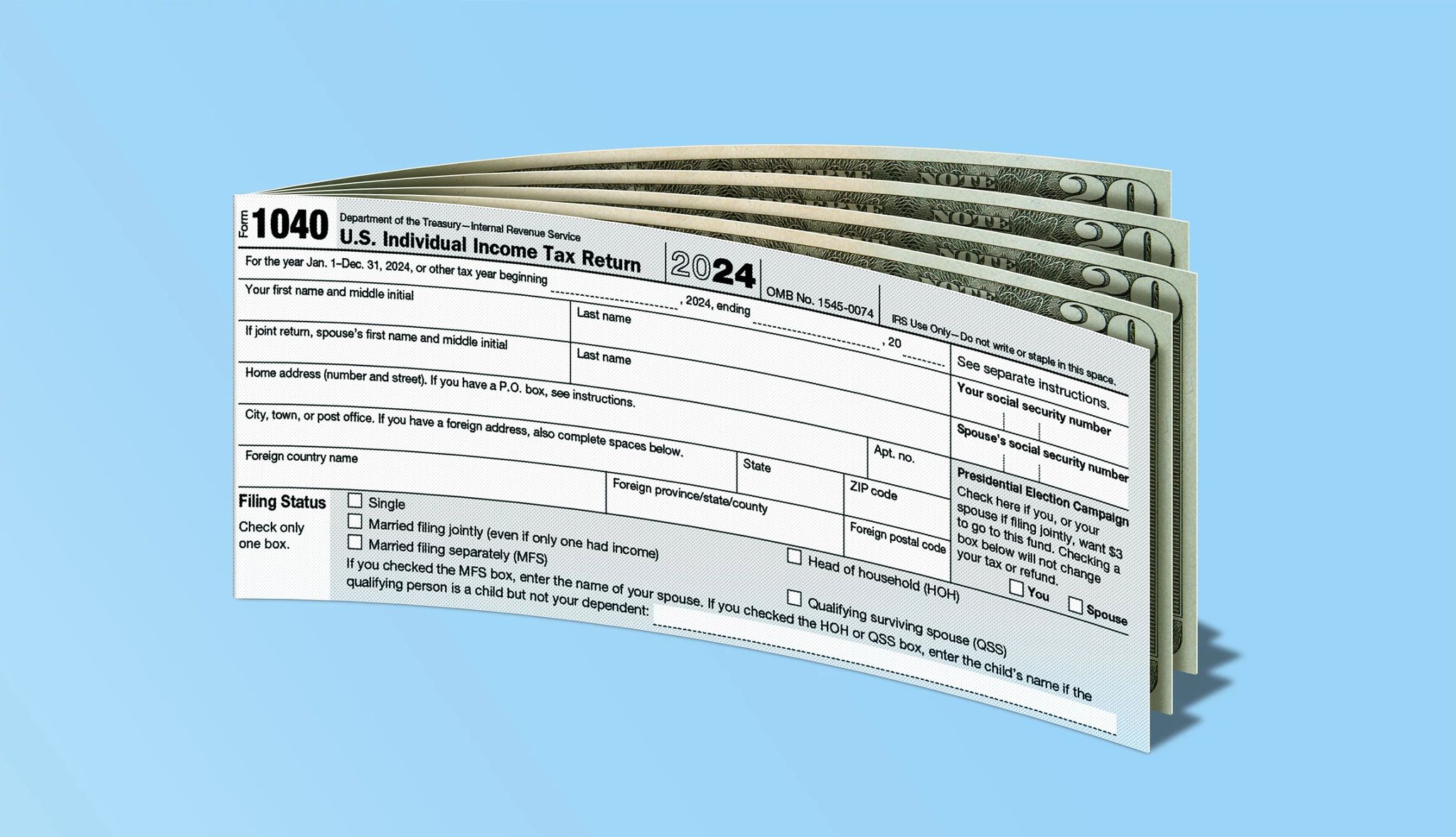AARP Hearing Center


While most people age 65 and older don’t have employment income anymore, they still have income streams that may be subject to taxes. Fortunately, there are some valuable tax breaks for retirees when they file their annual returns.
Whether it’s Social Security, portfolio income (like dividends, interest and capital gains), or withdrawals from certain retirement accounts, “the tax drag on your portfolio returns can be an impediment to having your money last throughout your lifetime,” says Scott Bishop, a partner and managing director at Presidio Wealth Partners in Houston. "Maximizing your deductions to lower your tax bill will help offset the impact of taxes on your retirement income and leave more money for you to spend in retirement," he says.
Nearly 47 million Americans over the age of 65 were retired in 2022, according to data from the Administration for Community Living, part of the U.S. Department of Health and Human Services (HHS). What’s more, nearly 17 million Americans 65 and older are economically insecure — living at or below 200 percent of the federal poverty level, or $30,120 for a single person in 2024, U.S. Census data shows.
Whether you are comfortably retired or out of the workforce for good and struggling, every dollar saved on taxes helps.
As millions of Americans wrangle their federal income tax returns for 2024 by the looming April 15 deadline, here are seven ways retirees can lower the amount they may owe the IRS this filing season.
Larger standard deduction
The standard deduction is the specific dollar amount, set each year by the IRS, that lowers the sum of your taxable income if you do not itemize deductions on your return.
For 2024 tax returns, the standard deduction is $14,600 for single people and $29,200 for married couples filing jointly. Those filing as head of household can deduct $21,900.
People 65 and older or blind receive an extra boost: $1,950 for those filing as single or head of household and $1,550 per person for married couples and surviving spouses.
Higher filing threshold
Older people can earn a bit more income than younger workers before they have to file a federal return. You may not be retired yet, but if you’re at least 65, several thousand extra dollars of income can go untaxed.
Individuals who were under 65 at the end of 2024 must file a federal return this year if their income last year was at least $14,600 for single filers, $21,900 for taxpayers filing as head of household, or $29,200 for married couples filing jointly or a qualifying surviving spouse.
Once you cross that age milestone, though, you can collect more income before you’re required to file a return.
For individuals who were 65 or older at the end of 2024, the threshold for having to file a return is gross income of at least $16,550 for a single filer; $23,850 for a head of household; $32,300 for a married couple filing jointly when both spouses are 65 or older; and $30,750 if only one spouse is 65-plus.




































































More From AARP
6 Tax Breaks If You Have an Adult Dependent
Caring for a parent or other family member could cut your income tax bill
Where Is My 2024 Federal Tax Refund?
The IRS offers an online tool that will help you track your payment
Need a Tax Form? Here’s Where to Get It
The IRS is your best source, but think twice before filing a paper return
Recommended for You